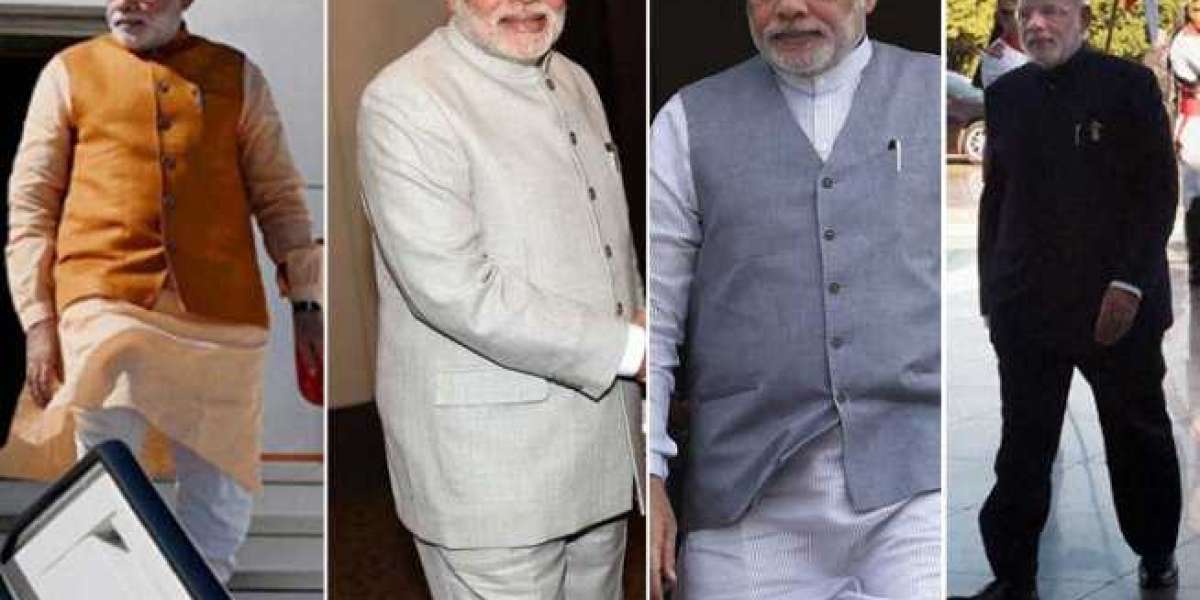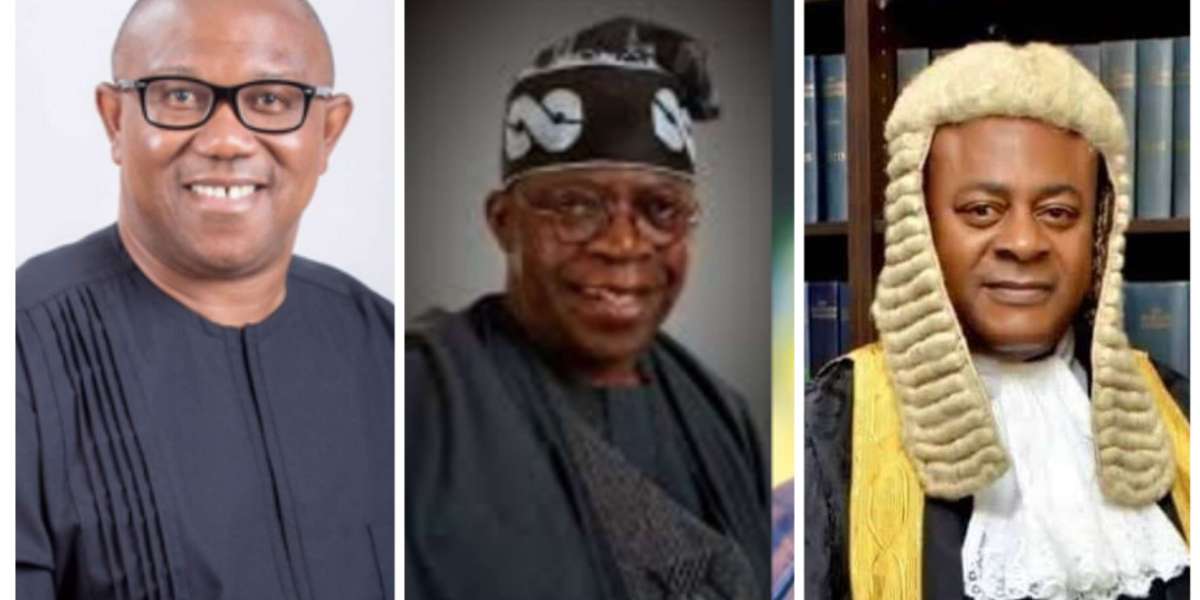Modern democracy is built on the principle of individual freedom and equality. In a democratic society, people are free to express themselves, their beliefs, and their opinions. One way in which people express themselves is through their clothing choices. However, in certain circumstances, dress codes may be implemented that limit the freedom of expression.
Dress codes are a set of rules that dictate what people can and cannot wear in certain situations. Dress codes are common in schools, workplaces, and government buildings. The purpose of dress codes is to create a professional or respectful environment, maintain safety, and promote equality. However, dress codes can also be used to control and limit individual expression.
In a democracy, individual freedom is essential. This includes the freedom to express oneself through clothing choices. The right to dress as one chooses is protected by the First Amendment of the US Constitution, which guarantees freedom of speech and expression. However, this freedom is not absolute and can be limited in certain circumstances.
For example, in schools, dress codes are often implemented to promote a safe and respectful learning environment. Dress codes can help prevent distractions and reduce bullying. However, dress codes can also be used to discriminate against certain groups of students. For example, some dress codes prohibit girls from wearing shorts or tank tops, while boys are allowed to wear these items. This creates a double standard and reinforces gender stereotypes.
In the workplace, dress codes are often implemented to create a professional atmosphere. However, dress codes can also be used to discriminate against certain groups of employees. For example, dress codes may require women to wear high heels or makeup, which can be uncomfortable and impractical. This can create a hostile work environment and lead to discrimination.
In government buildings, dress codes are often implemented to promote a respectful environment. However, dress codes can also be used to limit individual expression and discriminate against certain groups of people. For example, some government buildings may require individuals to remove religious headwear, such as a hijab or yarmulke, which can be a violation of religious freedom.
In conclusion, dress codes are a necessary part of modern society, but they should not be used to limit individual freedom or discriminate against certain groups of people. In a democracy, individual expression is essential, and people should be free to dress as they choose. Dress codes should be implemented in a way that promotes safety, respect, and equality for all individuals.




Wisdom Nnebi 6 w
Alright